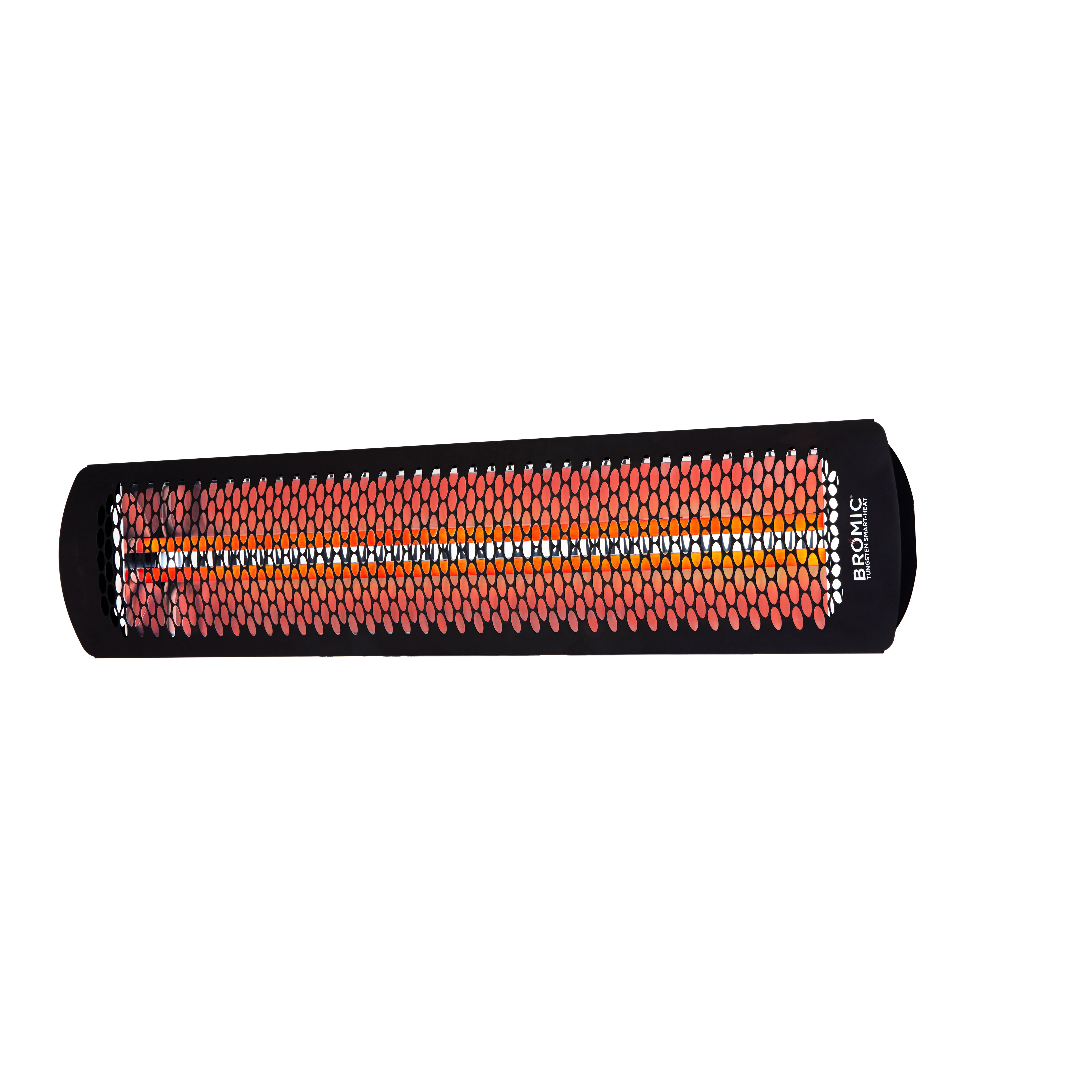
Now that we've learned about hydronic RFH systems, let's learn the about electric RFH options.Įlectric radiant floor heating (RFH) uses heat-conducting plastic mats containing coils warmed by electricity. There are lots of variables, but the good news is your RFH specialist can walk you through the different options. In some cases a unit is beyond repair and must be replaced, which costs about the same as a first-time installation.

However, if your system breaks, you'll need to hire a professional, because fixing it can be complicated. Maintenance for a hydronic system is minimal - the boiler needs an annual check-up, but most modern pumps use water to lubricate the parts and are low-maintenance. PEX is polyethylene tubing that's leak-free, non-toxic, flexible and capable of handling high temperatures. From the manifold, the hot water is sent through a pattern of PEX tubing by a re-circulating water pump.

This way, you can heat each area of your home separately from a single programmable thermostat. Your boiler or water heater is linked to a manifold - a system of separate pipes that channel water from a single source into different zones. They also require reflective insulation under the tubes to direct the heat upward. Those with dry installs are less expensive, but operate at higher temperatures because there's no thermal mass to store the heat. Because of this thermal mass, systems with wet installs take longer to heat up and need to run longer. Wood has a very high conductivity - think of how quickly wooden decks or benches cool off when the sun goes down. Concrete owes its ability to retain heat to its density and low conductivity. The concrete acts as a thermal mass to retain heat so that you have a large, hot block under your floor. The flooring surface - hardwoods, tile or carpeting, goes on top of the subfloor and picks up heat directly from the tubes. Dry installs place the tubes directly beneath the subfloor during construction, without the concrete on top. Wet installs layer either a slab of concrete beneath the subfloor or a thin sheet of concrete between the subfloor and the surface. There are two types of installation - wet or dry.
#ELECTRIC RADIANT HEAT INSTALL#
Before the flooring is put in place, your RFH specialist or general contractor will need to install your system. So you've decided that you need a gas-fired boiler system on your newly constructed home. On the other hand, if you're building a smaller home in Florida, you can get away with using your regular water heater. For example, if you have a large home with high ceilings and live in Canada, you'll most likely need a boiler system. In this article, we'll cover the pros and cons, costs, and methods of installing radiant floor heating.ĭeciding which heat source to use depends on how large your house is and how cold it is where you live. RFH systems fall into two categories - electric and hydronic. It's also better for people with allergies - eliminating blown air can reduce dust mites by up to 80 percent. Aside from the long-term cost benefits, RFH heating is silent heat, with no loud air ducts or furnaces to deal with. Ancient Romans used hot water pipes to warm floors, and it's been the preferred heating system in Europe since the 1970s. Some people with older homes choose single-room installations, like a kitchen or bathroom, instead of a whole-house system. New homes are the best candidates for a whole-house RFH system, but your existing home can also be successfully retrofitted.

More economical to operate than furnaces, RFH can slash heating costs by 25 to 50 percent. Temperature throughout the room is more constant than with your standard forced-air system, where the air rises, cools and then falls to the floor.Īside from basking in consistent warmth from the floor to the ceiling, some people look for savings benefits with RFH systems. On a sunny day, if you step from the shade into the sun, you'll feel warmer even though the air temperature is basically the same. With an RFH system, the heat from the floor warms everything it touches and radiates throughout the room from the ground up. Radiant floor heating (RFH) involves installing electric heating coils or water-heated tubing under your home's floors. Sounds like you're enjoying the benefits of radiant floor heating. In the kitchen, your feet meet a warm, tiled floor. When you head to the bathroom, you encounter heated ceramic tiles. You slip out of bed and put your bare feet on a warm hardwood floor. It's hard to peel yourself from the coziness of your down comforter - but your morning cup of joe isn't going to make itself. It's a cold morning, and you awaken to snow falling outside your bedroom window.


 0 kommentar(er)
0 kommentar(er)
